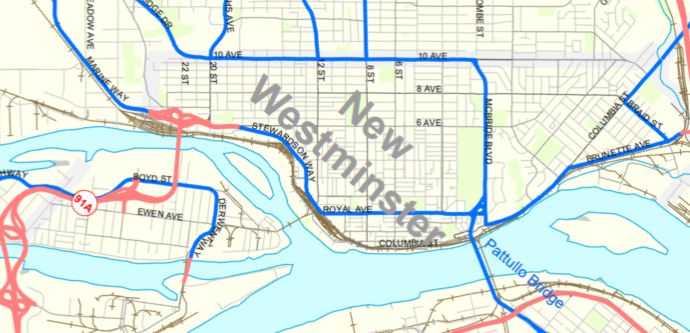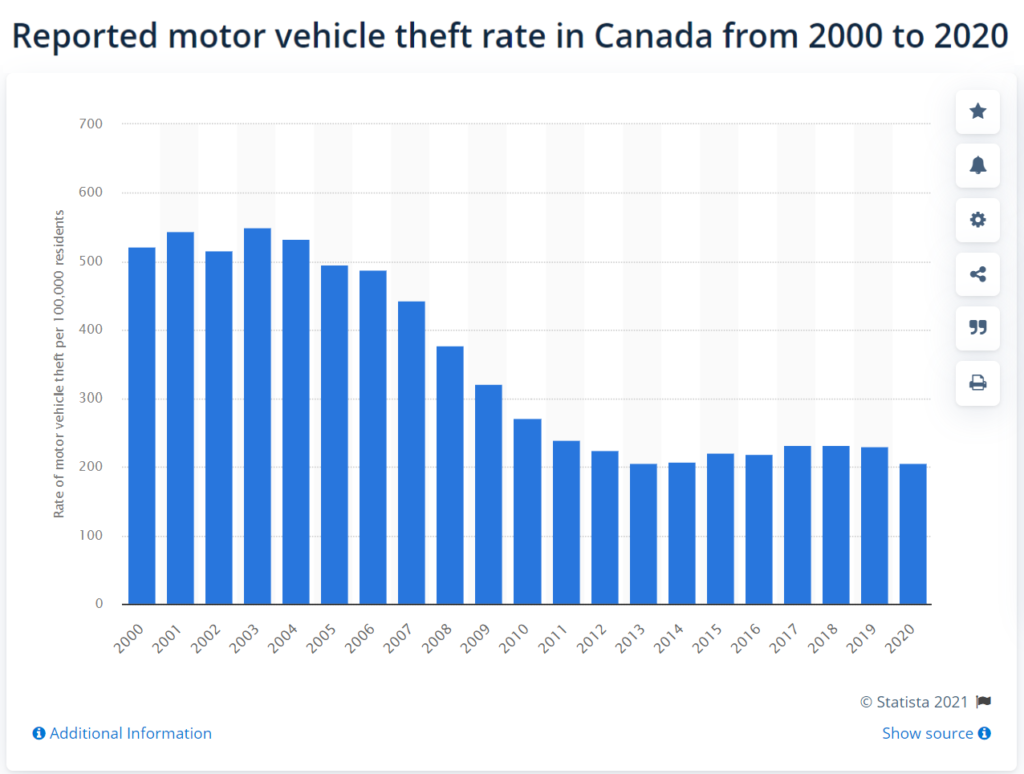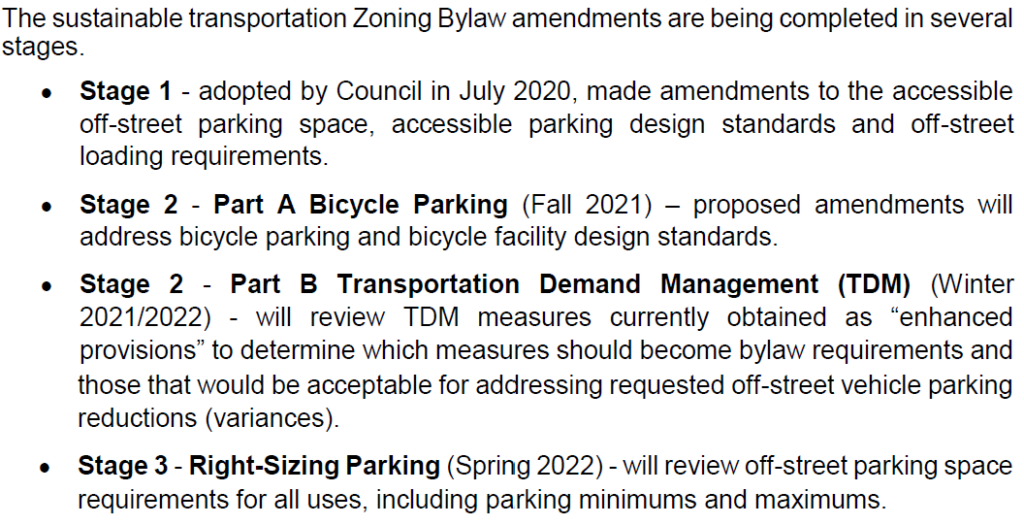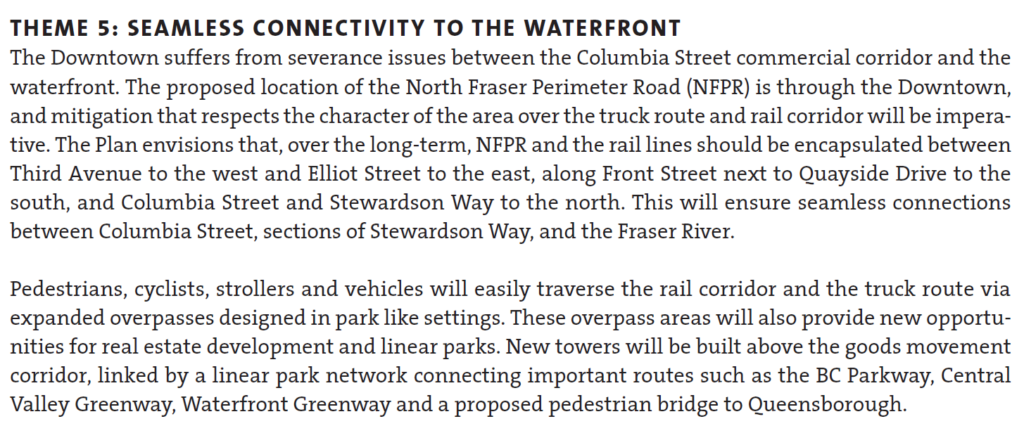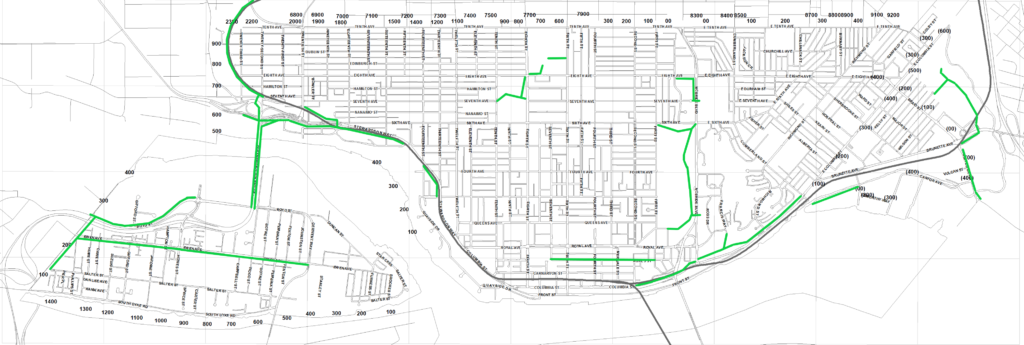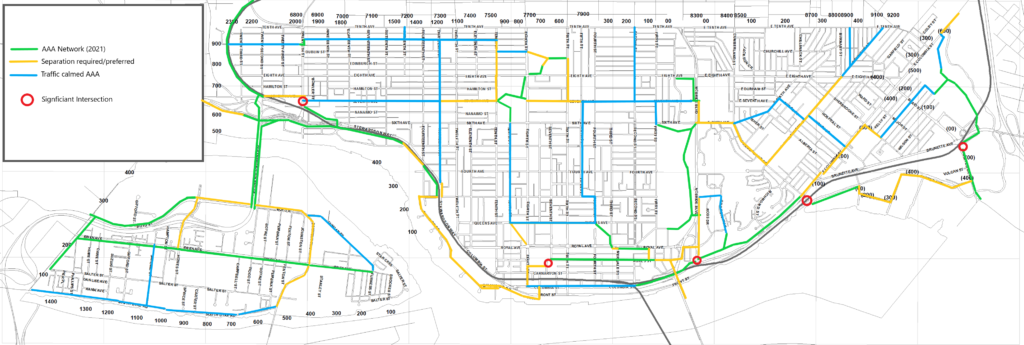I mentioned in my last Council report that I was going to follow up on the discussion Council had about speed limits on sidewalks. This one is going to be a little more editorial than a usual council report so I’ll start with a repeat of the caveat I have attached to previous blogs: everything you read here is written by me and not Official City Communications. I have no editor (isn’t that obvious?) and nothing here constitutes the official policy or positions of the City, of Council, or of any other person. If you disagree with me, that’s fine. No hard feelings.
The motion that came to Council, in its entirety, was this:
WHEREAS the City of New Westminster has been lowering speed limits on roadways to help increase public safety and reduce injuries; and
WHEREAS these speed limits do not apply on sidewalks and pedestrian safety is a top priority for the City of New Westminster; and
WHEREAS non-insured electric motorized scooters and other similar modes of transportation using our sidewalks can reach high speeds; and
WHEREAS an impact between a pedestrian and high speed motorized mode of transportation can cause severe injuries;
BE IT RESOLVED THAT staff report back to Council regarding the operational and budget considerations pertaining to the implementation of a by-law that would impose speed limits on our sidewalks to help reduce the risk of pedestrian injuries.
The ask seems simple – a speed limit on sidewalks. But governance isn’t simple. Or more precisely, the simplest bits of governance have been taken care of, and what is left for us work out are the complicated bits around the edge. It’s not really clear where is this motion coming from other than an anecdotal conversation, nor is the actual expected outcome. I ask curious folks to watch the video of the conversation Council as there may be a few answers in those exchanges that I missed. And of course, the video evidence is a less biased retelling than what I will inevitably write here.
Let me first set the context, and provide the Coles Notes of the homework that ideally should have come before this motion came to Council.
The City has a Street and Traffic Bylaw. It clearly defines E-bikes (based on the Provincial Motor Vehicle Act definition of motor-assist cycles) as bicycles. If you are on a provincially-regulated E-bike, you are protected as, and have the responsibilities of, a cyclist. There is also a clear definition of Mobility Devices, which are “scooters” and motorized wheelchair type devices used to give mobility options to people with disabilities, and those are clearly regulated as “pedestrians”. That is, if you are in a motorized wheelchair, you are protected as, and have the responsibilities of, a pedestrian. All other devices with wheels fall under these clauses:
6.19 A person on inline roller blades, roller skates, skateboards, longboards or other similar means of transportation must not operate such conveyance:
6.19.2 while on a Sidewalk, footpath, walkway or Multi-Use Pathway without due care and attention or without reasonable consideration for other persons using the Sidewalk, footpath, walkway or Multi-Use Pathway.
6.21 A person on inline roller blades, roller skates, skateboards, longboards or other similar means of transportation, shall ride in such a way that it will not interfere with a Pedestrian lawfully on or using a Sidewalk, footpath or walkway
Now, none of this mentions motorized devices, though it is easy to interpret that kick scooters fit under this and are thus regulated, or that they are not mentioned, and are therefore completely illegal.
Of note, this has nothing to do with roads. This only regulates sidewalks and multi-use paths. The provincial Motor Vehicle Act regulates what can be on our roads, and these devices are clearly illegal unless part of the Provincial Electric Kick Scooter Program, where they are made illegal on sidewalks unless specifically permitted by local community Bylaws, which must also provide protections to pedestrians. The on-street speed limit provided by that program is 24km/h, which is less than the 30km/h that E-bikes are permitted, but still significantly faster than even the fastest walkers (Evan Dunfee’s average speed in winning a Bronze Medal in Tokyo for Olympic Speedwalking was 13km/h). So e-scooters are not legal on New Westminster streets, and on sidewalks the Streets and Traffic Bylaw already gives a method for Police and Bylaw Officers to regulate their safe use, without adding yet another arbitrary and more difficult to enforce speed limit.
My point is, this is a complicated situation, not a simple one. There is already a complex regulatory environment. That is why the City is already taking a good governance approach to it. The City adopted an e-Mobility Strategy last year after extensive community consultation. Included in that strategy are some specific actions (edited here for brevity):
Develop an education campaign for safe use and benefits of eMicromobility: The City will develop educational resources on the benefits and correct use of eMicromobility modes consistent with guidelines and messaging used by neighbouring municipalities, TransLink, and Metro Vancouver.
Advocate for changes to the Motor Vehicle Act to provide clear guidance on eMicromobility: Some eMicromobility devices, such as e-scooters, are currently illegal to operate in the province, except where there is an escooter pilot project underway. Therefore, the MVA should be updated to provide clear guidance to support and regulate safe eMicromobility use. The City will advocate, to update the MVA accordingly.
Collaborate to develop clear regionally consistent safety guidelines and requirements for eMicromobility: The City will collaborate with neighbouring municipalities, TransLink, Metro Vancouver, and Province to develop consistent guidance on where eMicromobility devices are permitted, and to develop regulations such as establishing maximum speeds to support safe use [including] regulating modes by their maximum speed and weight.
Monitor e-scooter pilot programs and assess opportunities for New Westminster: The City will prepare to integrate e-scooter use into its existing transportation corridors when provincial guidance comes into place [and] monitor provincial regulations, outcomes and lessons learned from the e-scooter pilot in the province and other jurisdictions [and] leverage these learnings to develop educational materials and guidelines to ensure e-scooters can be used safely
So there is already a plan to address in a more comprehensive way the education and regulation aspects of eMobility in the community, but it will have to be informed by other actions happening at the provincial and regional levels.
Does this sound like we are moving too slow, because of the imminent threat being posed to pedestrians? I am going to suggest no, we are moving at an appropriate pace given the scale of the threat. These devices are new, and new things are immediately identified as threatening including concerning anecdotes, but do we actually know how big a threat speeding scooters are? There is no data from the BC CDC or ICBC on this, and the latest research I can find from the National Institutes of Health suggests they are annoying, but not a cause of significant trauma or death for non-users (though all studies seem to recommend separate infrastructure, like a AAA mobility network as the best solution to conflicts).
For more context, we had a debate a couple of weeks ago on exploring our Bylaw powers to protect people from dying in a heat dome, as 28 people in our community did 2 years ago, and several amendments were introduced by the mover of this motion to delay that process. Less urgency there, when the threat to vulnerable people is clear and demonstrated. A conversation in this Council meeting about intersection safety related to known actual real measureable risk in our community resulting in multiple deaths a year caused by an old familiar technology – cars – was somewhat waylaid by marginally-associated questions about e-scooters in what I can only interpret as some sort of rhetorical prep for this deliberation. No call for urgency there.
What was clear was a regional TV and Radio media campaign to call attention to the motion prior to Council even having an opportunity to deliberate about its strengths, weaknesses, or priority. Through all that, and through the subsequent discussion at Council, there is no evidence the proponent of the motion did any homework to understand the complexity of the existing local and provincial legislation, or the efforts the City is already undertaking to address e-mobility in a holistic way. I suppose those details are not important to the evening news byte.
In the end, Council added a component about Education and approved the motion, because it is specifically in line with existing staff work plans in the eMobility strategy. After all of the news and deliberation – there is nothing new here.


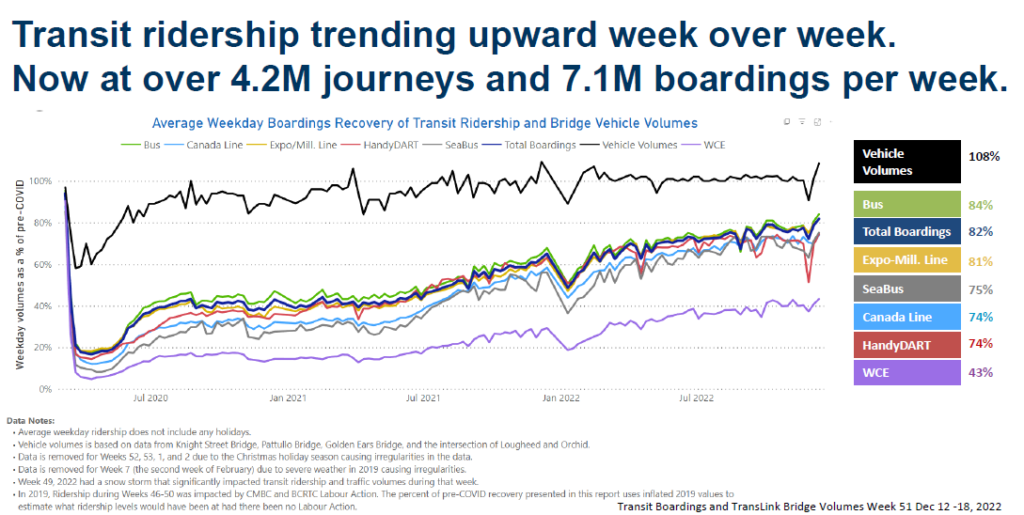
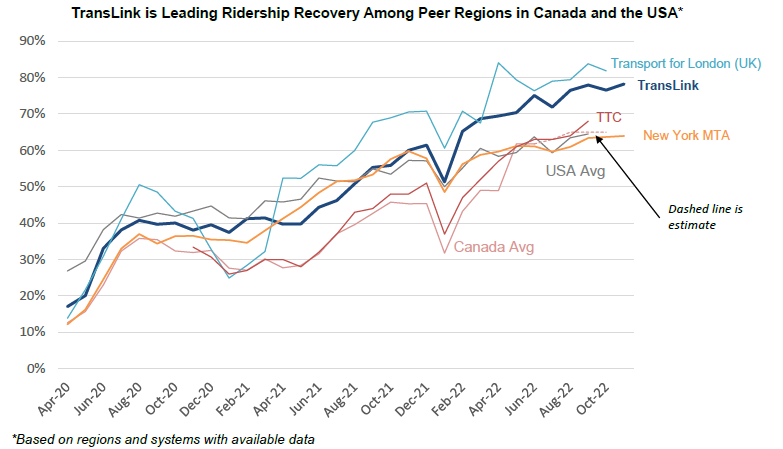
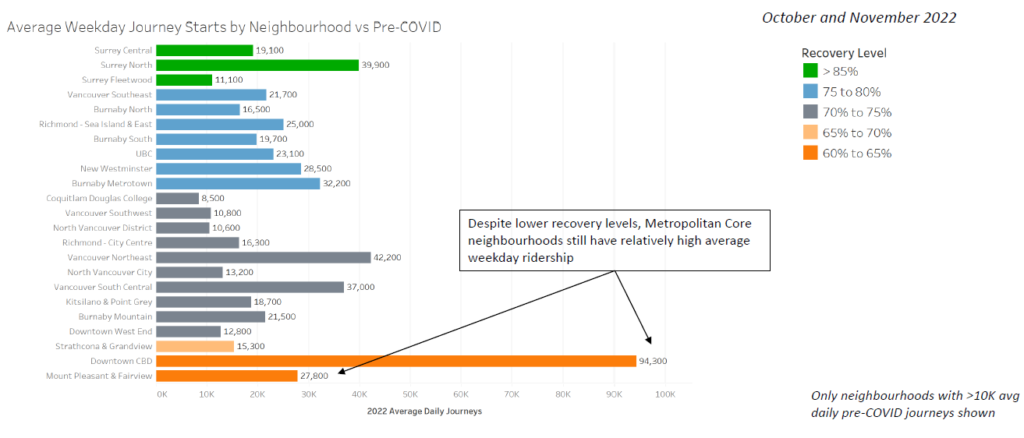



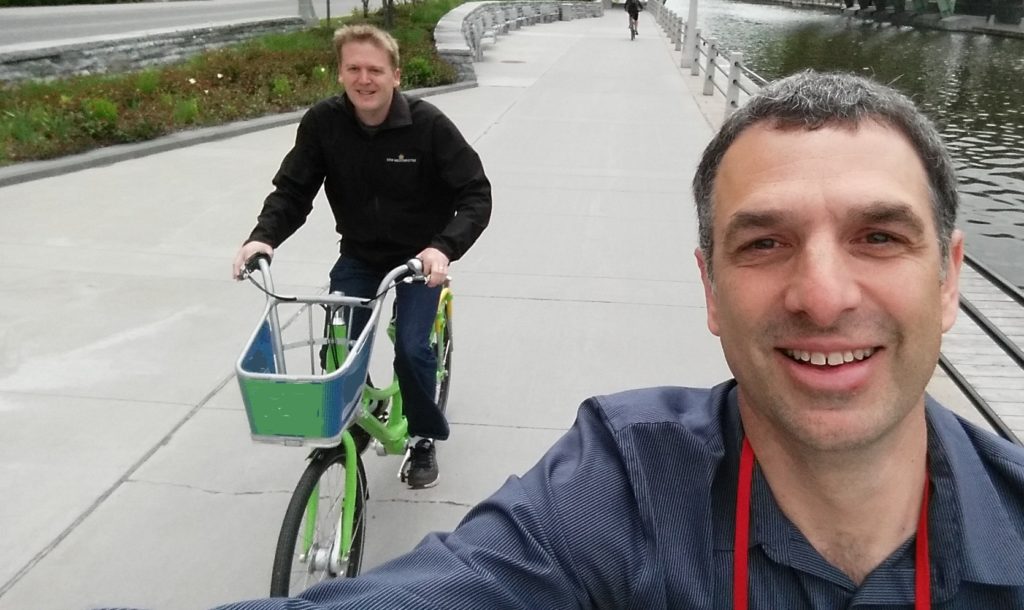
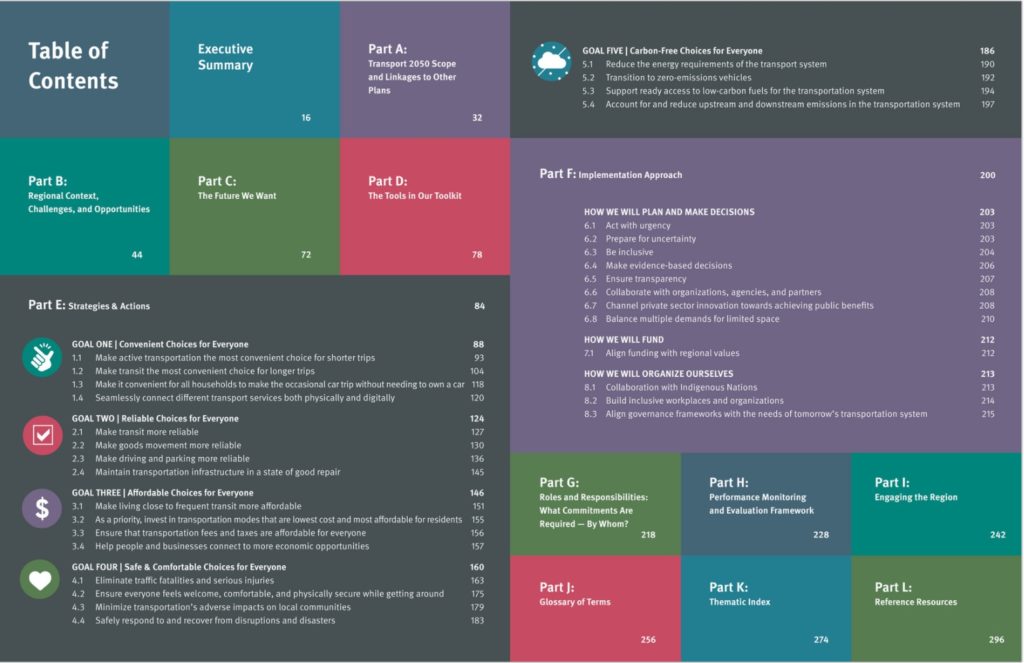

 There is a good defense for going in this direction in the plan, and to Active Transportation advocates, there is nothing surprising there. 30km/h saves lives, and makes shared spaces on our City streets much more comfortable for all users. It also allows us to start re-thinking how we design our streets. I talked a bit about that
There is a good defense for going in this direction in the plan, and to Active Transportation advocates, there is nothing surprising there. 30km/h saves lives, and makes shared spaces on our City streets much more comfortable for all users. It also allows us to start re-thinking how we design our streets. I talked a bit about that 